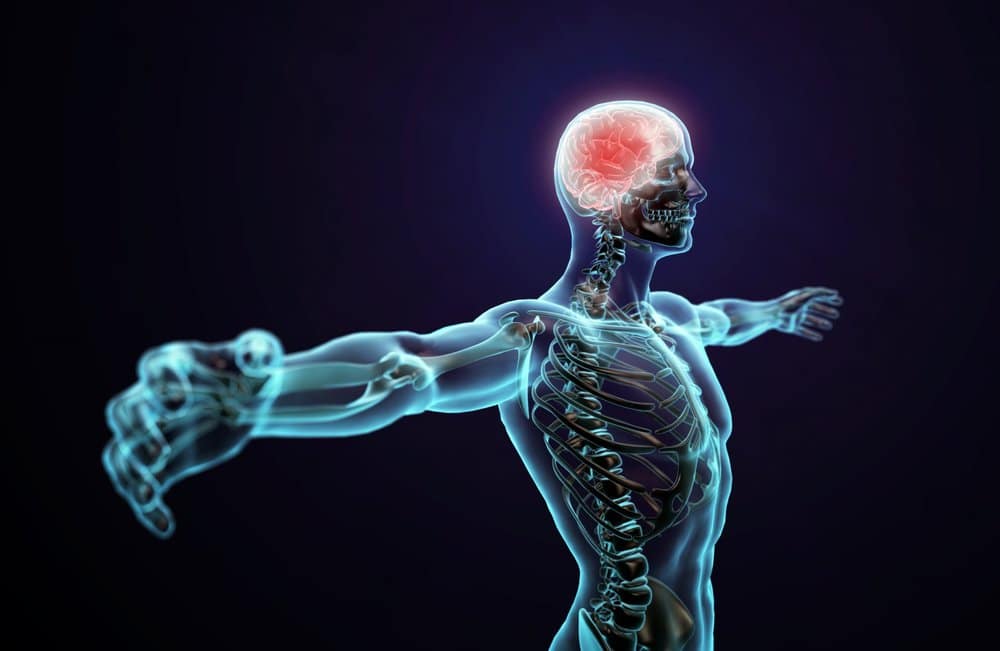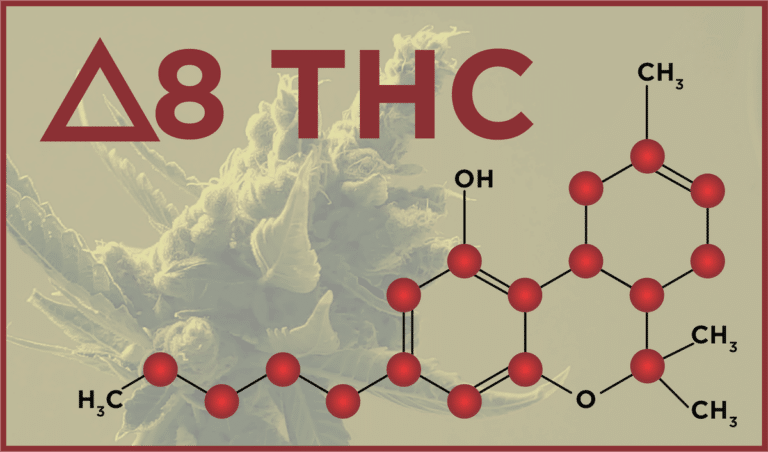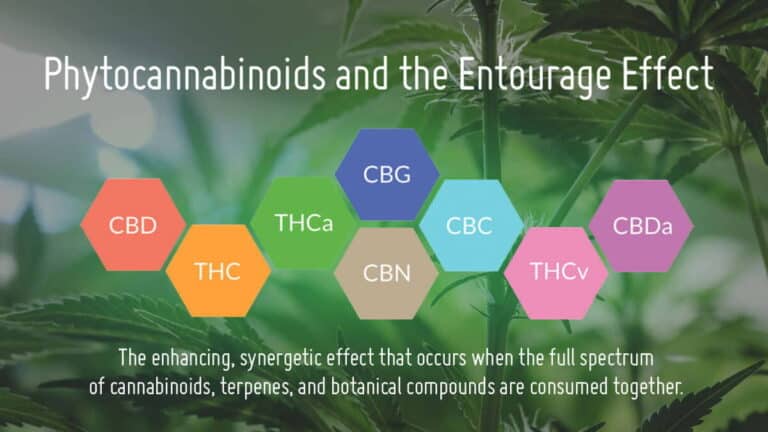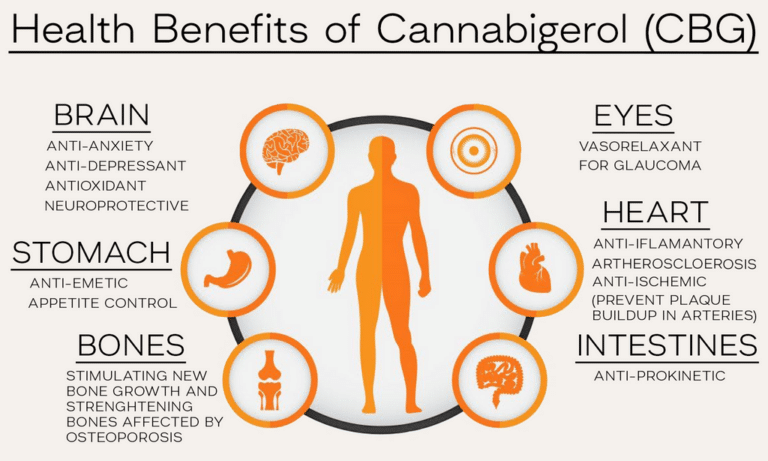Understanding the Endocannabinoid System
In recent years, there’s been growing interest in a biological system that has significant implications for our health and well-being – the endocannabinoid system (ECS). This system plays a crucial role in maintaining balance or homeostasis in the body and is the primary point of interaction for cannabinoids like CBD (cannabidiol). In this post, we’ll delve into the details of the ECS and how CBD interacts with it. The ECS is a complex cell-signaling system found in all mammals. Identified in the early 1990s, it’s named after the cannabis plant that led to its discovery. The ECS comprises three core components: endocannabinoids, receptors, and enzymes.
1. Endocannabinoids: These are naturally produced compounds that are similar in structure to cannabinoids found in cannabis. The two key endocannabinoids are anandamide (AEA) and 2-arachidonoylglycerol (2-AG).
2. Receptors: These are found throughout the body, and endocannabinoids bind to them to signal the ECS to take action. The two main types of receptors are CB1 receptors (mostly found in the brain) and CB2 receptors (mostly found in the peripheral nervous system and immune cells).
3. Enzymes: These are responsible for breaking down endocannabinoids once they’ve fulfilled their function. The main enzymes are fatty acid amide hydrolase, which breaks down AEA, and monoacylglycerol acid lipase, which typically breaks down 2-AG.
The ECS and Homeostasis
The primary role of the ECS is to maintain homeostasis – a stable internal environment despite external fluctuations. This includes regulating a wide array of functions and processes, such as mood, sleep, appetite, memory, reproduction and fertility, pain sensation, inflammation, and more. When an imbalance is detected, the body produces endocannabinoids that interact with the CB1 and CB2 receptors to trigger a response aimed at restoring balance.
CBD and the ECS
Unlike THC, the psychoactive component in cannabis, CBD does not bind directly with the CB1 or CB2 receptors. Instead, CBD works by inhibiting the FAAH enzyme, which is responsible for breaking down anandamide, the “bliss molecule”. By inhibiting this enzyme, CBD increases the availability of anandamide in the body, promoting the beneficial effects it has on mood, pain sensation, and other functions. CBD also interacts with non-ECS receptors that can affect the ECS indirectly. For example, CBD has been found to interact with serotonin receptors, which can influence mood and anxiety, and TRPV1 receptors, which are involved in pain perception and inflammation.
Last Thoughts
The ECS is an integral part of our biological systems, playing a key role in maintaining balance in the body. CBD, through its interaction with the ECS, holds potential for supporting this balance and promoting overall wellness. However, while we’ve come a long way in our understanding, the ECS and its interaction with cannabinoids like CBD is still a relatively new area of study. More research is needed to fully understand the nuances of this complex system and how we can optimize its function for health and well-being. As always, it’s important to consult with a healthcare provider before starting any new supplements, including CBD. They can provide guidance based on your individual health circumstances and needs.
Tree Fort CBD Vegan Fruit Snacks 500










